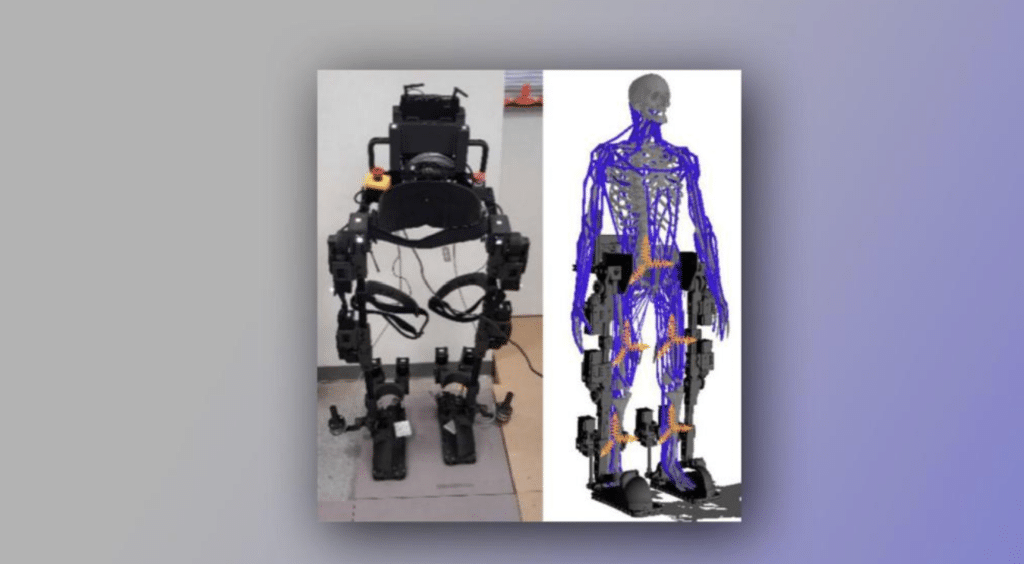A team of researchers has developed a new method to control lower limb exoskeletons using Deep Reinforcement Learning. The method, which was developed in an im Journal of NeuroEngineering and Rehabilitation published study described, allows for more robust and natural gait control for lower extremity exoskeleton users.
While advances in wearable robotics have helped restore mobility to people with lower limb impairments, current control methods for exoskeletons are limited in their ability to provide users with natural and intuitive movements. This can affect balance and contribute to user fatigue and discomfort. Few studies have focused on developing robust controls that can optimize the user experience in terms of safety and independence.
Existing exoskeletons for lower limb rehabilitation use a variety of technologies to help users maintain balance, including specialized crutches and sensors, according to co-author Ghaith Androwis, senior scientist at the Kessler Foundation's Center for Mobility and Rehabilitation Engineering Research and director of the center's Rehabilitation Robotics and Research Laboratory. Those without such assistive devices allow for more independent walking, but at the cost of extra weight and slow walking speed.
"Advanced control systems are essential for developing a lower limb exoskeleton that enables autonomous, independent walking under a range of conditions," Dr. Androwis said. The novel method developed by the research team uses Deep Reinforcement Learning to improve control of the exoskeleton. Reinforcement learning is a form of artificial intelligence that allows machines to learn from their own experiences through trial and error.
"Using a musculoskeletal model coupled with an exoskeleton, we simulated lower limb movements and trained the exoskeleton control system to achieve natural walking patterns using reinforcement learning," explains corresponding author Xianlian Zhou, associate professor and director of the BioDynamics Lab in the Department of Biomedical Engineering at New Jersey Institute of Technology (NJIT). "We are testing the system in real-world conditions with a lower-limb exoskeleton being developed by our team, and the results show the potential for improved walking stability and reduced user fatigue."
The team found that their proposed model produces a universal, robust gait controller capable of handling different levels of human-exoskeleton interactions without the need for parameter tuning. The new system has the potential to benefit a wide range of users, including people with spinal cord injuries, multiple sclerosis, stroke and other neurological conditions. The researchers plan to continue testing the system with users and further refine the control algorithms to improve walking performance.
"We are excited about the potential of this new system to improve the quality of life for people with lower limb impairments," said Dr. Androwis. "By enabling more natural and intuitive walking patterns, we hope to help exoskeleton users move more easily and confidently."
